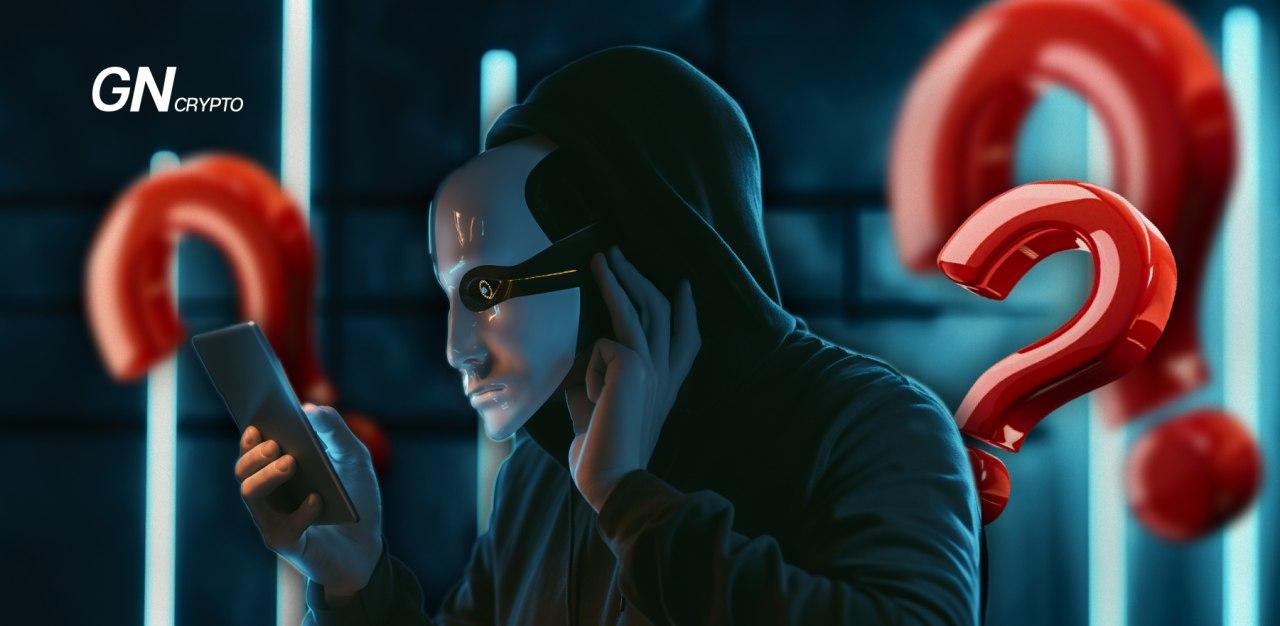What Is Proof of Personhood?

Isn’t it funny that almost every platform requires us to prove that we are human? Although machines verifying people seems somehow strange, such measures are needed against bots and fake accounts. Among identity verification methods is Proof of Personhood (PoP), which represents complex techniques to tackle identification problems.
On this page
Not all online verification methods work the same way and provide the same level of protection. For example, some platforms use CAPTCHAs (Completely Automated Public Turing tests to tell Computers and Humans Apart), which include transcribing letters, selecting objects, or solving logical puzzles. The mentioned methods, though, may involve risks of being bypassed by bots or duplicate accounts. This is where the need for more advanced approaches, like Proof of Personhood comes in. Using mechanisms such as cryptography, fingerprint scans, and real-time social networks, Proof of Personhood aims to verify that interactions with a system are initiated by a unique human being.
The Role of Blockchain in Enabling Secure and Private Identity Verification
Proof of Personhood is an alternative to traditional online security measures, where users need to provide their personal details, including name, email, and in some cases passport for registration. This isn’t an ideal solution, because of the risks of information leaks and identity theft.
Blockchain technology partially solves this problem. It allows users to interact with blockchain-based decentralized applications (dapps) without providing personal information. Instead, users log in to different platforms with a crypto wallet. Accounts are displayed through a string of characters that doesn’t reveal who the user is. Another benefit of decentralized platforms is that they don’t store data in one place but through multiple computers (nodes) connected to a network. However, decentralized systems are not free of vulnerabilities either. One major issue for them is the risk of Sybil attacks, where a protocol can be targeted by multiple fake accounts. This can be done to compromise network security and verify false transactions.
The question of developing identity verification systems that provide security and privacy was a focus of security researchers. In 2014, Ethereum founder Vitalik Buterin published an extensive paper where he delved into cryptography and the need for creating a “unique identity system. Buterin suggested creating a mechanism where identities on blockchain networks are not based on accounts but on anti-sybil attack tokens, which are distributed in a way that makes cheating the system difficult.
With time, the research and development of blockchain-based identity verification platforms have taken new turns. The specific term ‘Proof of Personhood' has been in use since the mid-2010s by early projects such as Civic, BanQu, and uPort (which was acquired by Consensys in 2020).
How Proof of Personhood Protocols Work
PoP protocols use blockchain networks and encryption techniques to ensure the security of identity verification. Among the core principles of these protocols are Sybil resistance, improved governance, and ownership rights protection. Despite relying on different methods, such as biometric checks or zero-knowledge proofs, all the Proof of Personhood platforms have a mission to ensure that every user has a unique ID. To do this, they create a relationship between online identity, individuals or agencies. Below are some examples of Proof of Personhood solutions:
- WorldCoin’s World ID: Co-founded by OpenAI CEO Sam Altman, WorldCoin is an open-source decentralized platform with its digital identification system, the World ID. To provide proof of personhood, the World ID scans the user’s eyeballs. This biometric method helps verify that the account belongs to a unique human without the need to know who the user is. After getting verified, users receive Worldcoin cryptocurrency. The project is quite controversial, receiving both criticism and praise. It is currently banned in Portugal, Spain, Kenya and Hong Kong over user data control concerns. Meanwhile, there’s the opposing opinion, shared by Vitalik Buterin and others, who find Worldcoin progressive and privacy-centric.
- Civic Pass: This is an identity management platform that allows users to get proof of their identity. Through the suite of Civic’s tools, users and dapps can verify that a wallet belongs to an identified person. A part of the suite is the Proof of Humanity platform, which lets organizations check if a wallet is operated by a person, an AI agent, or a bot. The Civic Pass is supported by a range of blockchains, including Ethereum, Solana, and Polygon. Its solutions include custom verifications, CAPTCHA, location identification, and more. Previously, we wrote about Civic in more detail.
- Gitcoin Passport: If you want to gain a Web3 passport, Gitcoin is a project to check out. Gitcoin Passport allows personhood validation on different Web2 and Web3 platforms. It leverages blockchain technology and decentralized identifiers (DIDs) to allow users to create and control their own identities without relying on centralized providers.
Current Challenges and the Future of Proof of Personhood
Amid the progress of AI, when it's difficult to distinguish between original and fake, human and machine, Proof of Personhood is a promising tool. It helps increase security on blockchain platforms, ensures that a person interacts with a system only from one account, and authorizes online posts. However, Proof of Personhood platforms still face challenges such as regulatory concerns, potential privacy risks, vulnerability and centralization. Dealing with these challenges step by step, the technology is expected to see wider adoption over time.
The content on The Coinomist is for informational purposes only and should not be interpreted as financial advice. While we strive to provide accurate and up-to-date information, we do not guarantee the accuracy, completeness, or reliability of any content. Neither we accept liability for any errors or omissions in the information provided or for any financial losses incurred as a result of relying on this information. Actions based on this content are at your own risk. Always do your own research and consult a professional. See our Terms, Privacy Policy, and Disclaimers for more details.

























